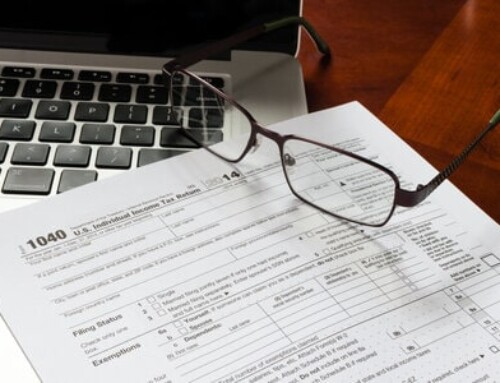 Schedule D
Schedule D
Schedule D is a tax form that you use to report the gain or loss incurred from the disposal of a capital asset. In this article, we will discuss the basics of filing a Schedule D.
Basic Terminology
Before we go over how the schedule works, we need to make sure we understand some basic terminology. These terms include:
- Capital Asset: A capital asset is anything you own or use for pleasure or investment purposes. This could include stocks, bonds, artwork, or homes.
- Capital Gain: The increase in the value of a capital asset between what you bought and sold it for.
- Capital Loss: This is the decrease in the value of a capital asset between what you bought and sold it for.
- Short Term Gain/Loss: This refers to the value of a capital asset that you dispose of less than twelve months from the purchase date.
- Long Term Gain/Loss: A long term gain/loss refers to the value of a capital asset that you dispose of twelve months or longer after the purchase date.
Purpose of Schedule D
The purpose of the schedule is to give you a place to report certain types of transactions to the IRS. These transactions could include:
- The sale/exchange of a capital asset. Whether it was done for a gain or a loss.
- Capital asset gains that you incur by way of involuntary conversions. This does not include gains from casualty, theft, or assets held for business.
- Non-business bad debts.
These transactions must be combined and reported on your Schedule D for tax purposes. You report the capital gain or loss that you calculate on your main form to help determine your tax liability.
Schedule D and Form 8949
Schedule D often work hand in hand with Form 8949. You report the details of your capital asset transactions on Form 8949. Then the calculation from that pour over onto your Schedule D. However, there are two exemptions that allow you to forego Form 8949 and report directly on Schedule D. The first is that you can attach a statement that lists transaction details according to Form 8949 requirements. The second exemption is that you have a 1099-B that shows your cost basis that the issuing company reported to the IRS. Unfortunately, the second exemption does not apply if your 1099-B shows a non-deductible wash sales loss, adjustments to the basis/gain/loss, or a change in the type of gain/loss.
Schedule D and You
If you think that you need to have a Schedule D on your next tax return, the best thing to do is meet with a qualified tax preparer who can help you file this schedule properly. This can help you to minimize your taxation and prevent costly mistakes.
Questions? Want to schedule an appointment? Contact us by clicking here.






Leave A Comment
You must be logged in to post a comment.